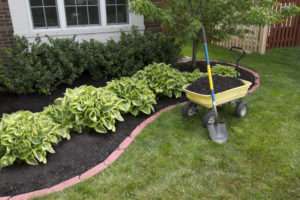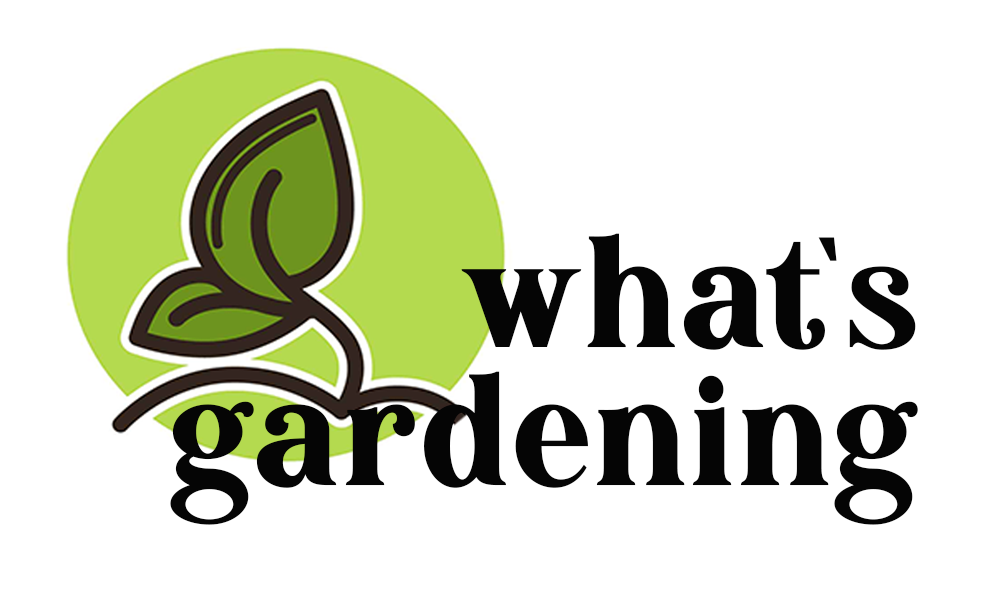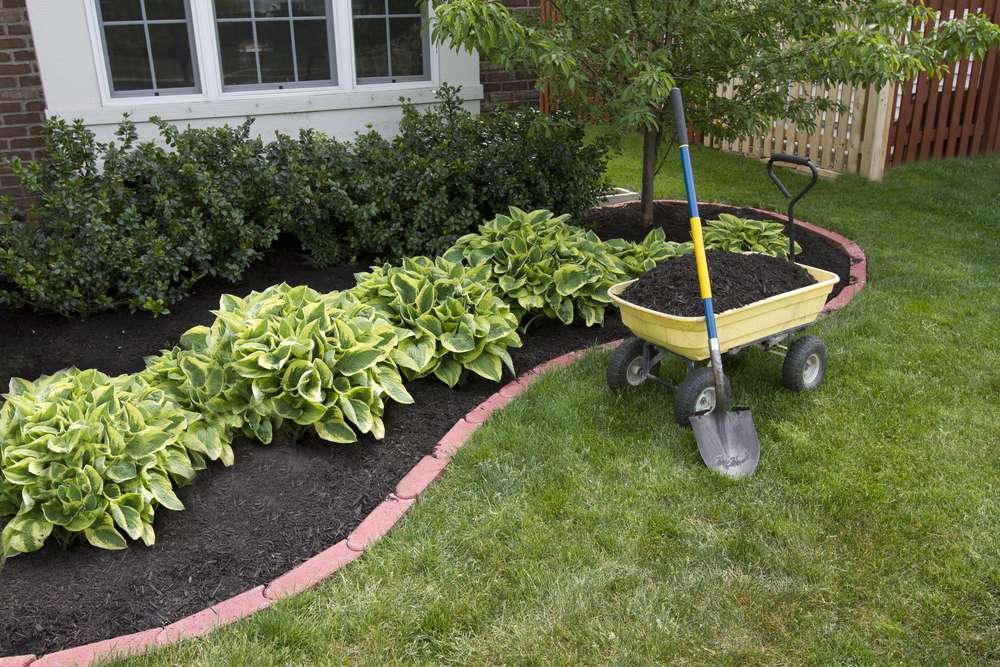Gardeners head to their local garden center when the snow is gone and the first warm sunny day arrives, where they find a lot of bags of mulch and two-story high piles of bulk mulches ready.
When it comes to how to mulch, there are many benefits to applying mulch around trees, shrubs, annual and perennial flowers, and even vegetable gardens, with weed suppression likely being the primary objective for many gardeners.
There are many types of mulches to choose from when selecting mulches for the garden and landscape. Over time organic mulches add organic matter to the soil. Each year, these types of mulches may need to be refreshed. Synthetic mulches don’t add organic matter to the soil and may reduce the activity of earthworms.
Types of Mulches
Some organic mulch examples include shredded bark, bark chips, pine needles, compost, rice hull, various nutshells, shredded leaves, straw, hay and cardboard. It may take up to three years for the plastic sheeting to completely break down and the remaining pieces of the sheeting can be seen in the garden.
Living mulches are great for gardeners to build soil health below the ground and enhance design aesthetic above the soil. Plants with leaves that shade the soil and their roots that create air and water pockets have good plant health. These plants will be attractive to songbirds, butterflies, bees and other pollinators.
 Synthetic mulches include rocks, gravel, plastic sheeting and woven landscape fabric. Plastic sheeting and woven landscape fabric can be installed directly on the soil and covered with an organic mulch for aesthetic reasons.
Synthetic mulches include rocks, gravel, plastic sheeting and woven landscape fabric. Plastic sheeting and woven landscape fabric can be installed directly on the soil and covered with an organic mulch for aesthetic reasons.
impermeable and semi-permeable barriers are created by plastic and woven landscape fabric. There are barriers that prevent soil organisms from traveling throughout the soil. Normal biological soil activity is interfered with by limiting this movement.
Rocks and gravel absorb heat during warm days and can transfer the heat to the soil. The increase in soil temperature may harm beneficial insects.
Synthetic mulches have a longer life span than organic mulches and do not need to be replaced as frequently.
How to Mulch a Garden
The benefit of mulches in a garden is to keep the plants and plant parts free of dirt and mud.
When it comes to how to mulch a garden, most vegetable gardeners prefer straw mulch options over synthetic mulches. The added benefit of adding organic matter to the soil is provided by straw.
Compost, dry leaves, dried grass clippings and even newspaper and cardboard are excellent mulches in the vegetable garden.
Synthetic mulches such as black plastic over the planting rows and permeable landscape fabric between the rows are excellent synthetic sources of mulch in the vegetable garden, and can raise the early spring soil temperatures by 10 to 12 degrees, allowing you to get an earlier start with both cool-season and warm-season gardening.
When refreshing existing mulch beds, you should only apply mulch to a depth of no more than 2 or 3 inches.

